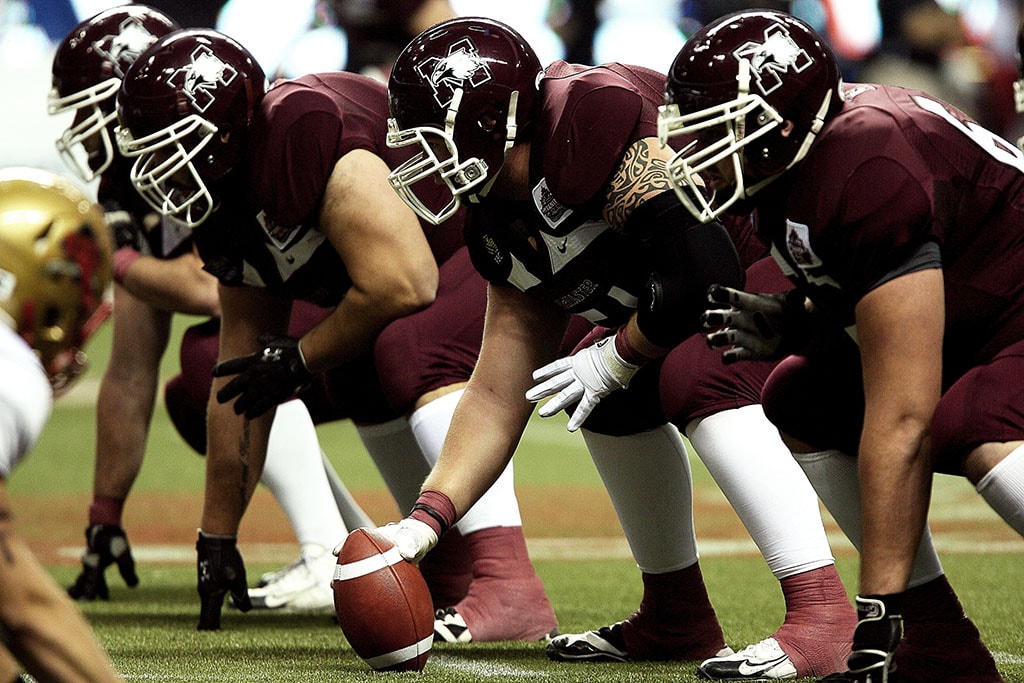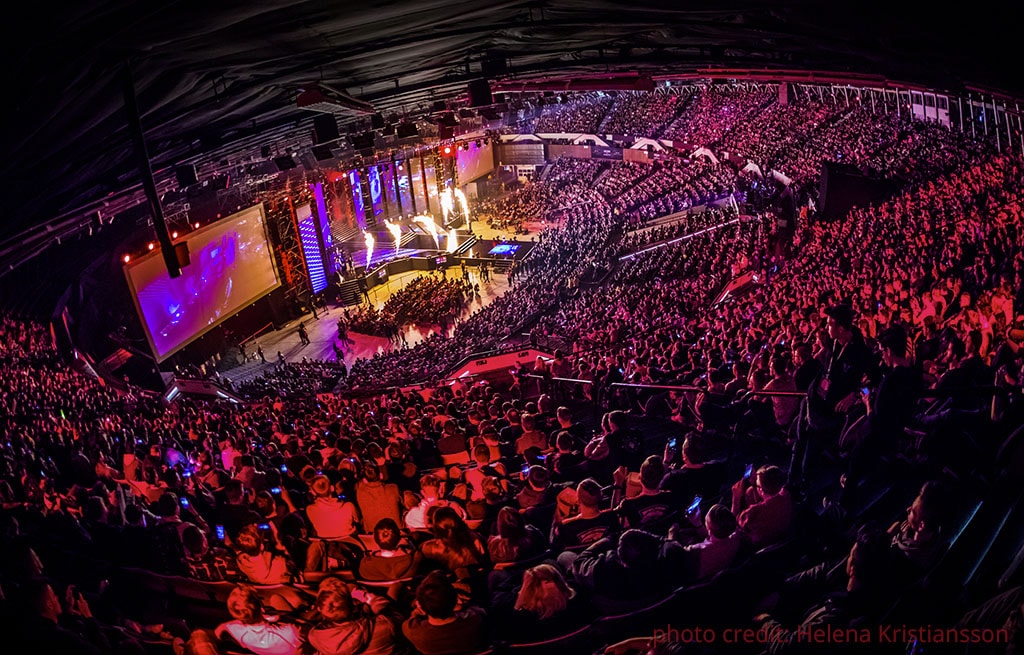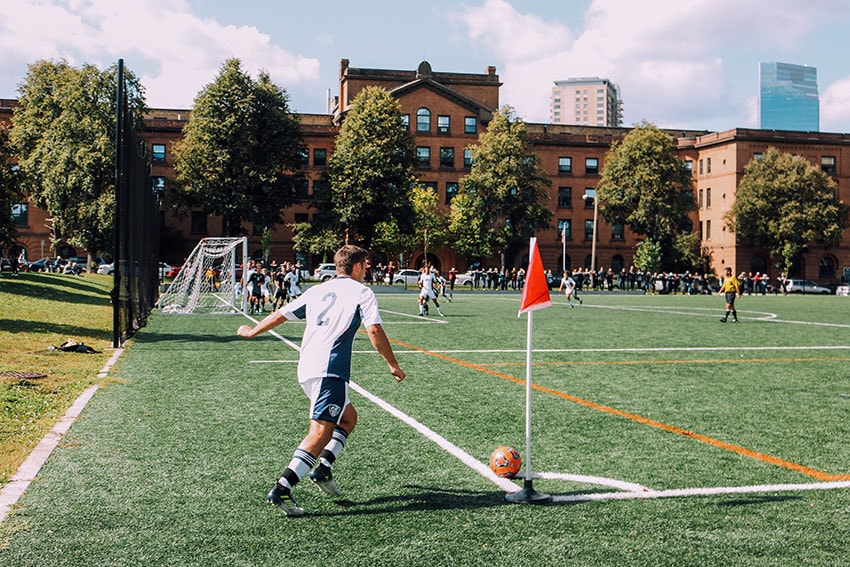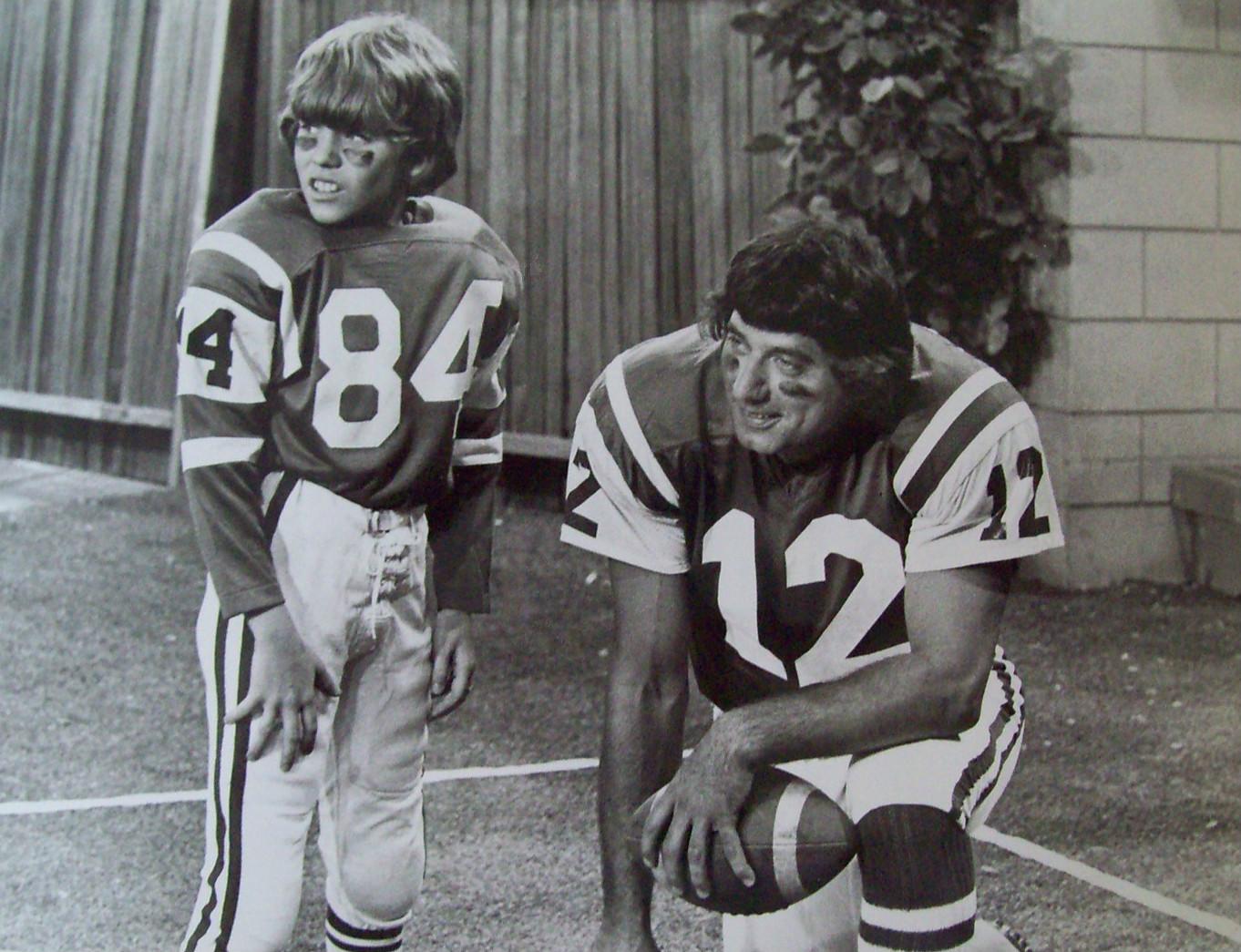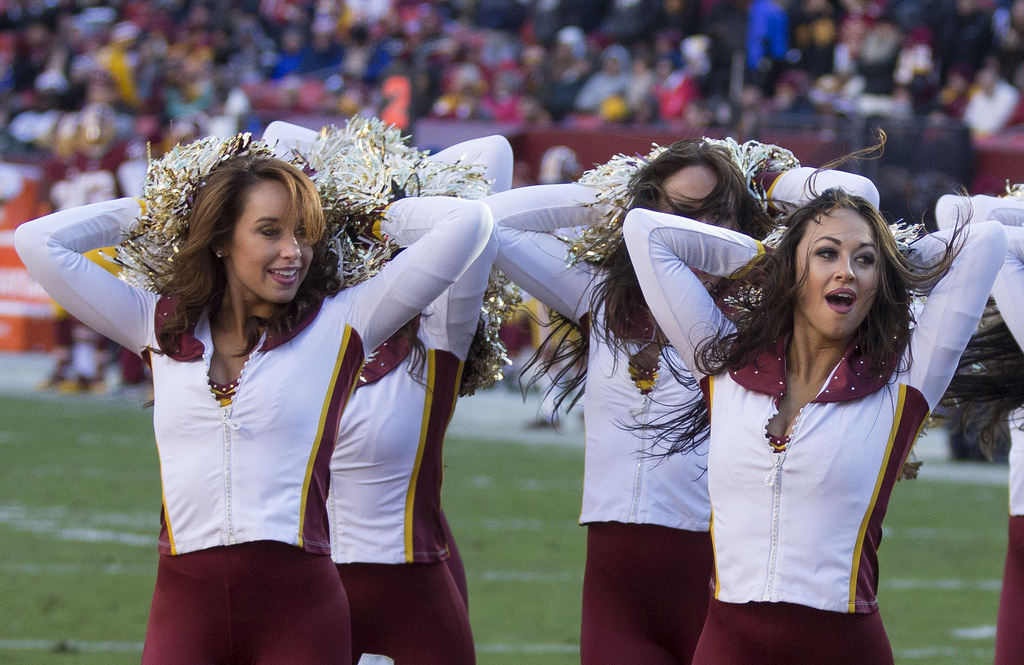You’ve read the stories. Maybe even in your local paper.
There are no shortages of accounts of the never-ending “arms race” in college athletics for programs to build palatial offices, stadiums or practice facilities. And, true to form, many of the priorities displayed by our colleges and universities filter down to influence attitudes and policies at the high school level. The result is that those attitudes and examples far too often influence local school board decisions to appropriate millions of dollars to install an artificial turf football field, a new scoreboard or to upgrade locker rooms. Simply consider the price tag of the McKinney Independent School District’s (located outside of Dallas) 12,000 seat football stadium: $70 million. That’s not quite as much as the 12,000 seat stadium built by the Katy ISD, located outside of Houston: $72 million. These stadiums are paid with taxpayer funds. Often, these appropriations are made while music, arts or other academic programs are being cut or eliminated.
It seems as if we can always find some extra money to provide the very best athletics facilities, regardless of how such decisions impact a school’s broader, long-term academic culture and educational environment. We seem to believe that our athletes deserve the very best in coaching, training equipment and facilities. But appropriating the necessary resources to have very best for our artists, musicians, actors and scientists? Not so much.
One of the primary justifications for such investment priorities is that sports is the “front porch” of the educational institution. The logic is that it is important that your front porch be well-kept and up to date as it not only is a reflection on the institution as a whole, but serves to supplement and positively contribute to the academic mission of the institution.
Because of the tremendous visibility and influence of school athletic programs, their impact on the values of, and public attitudes toward, our schools, colleges and universities is enormous. Elite interscholastic and intercollegiate athletics have become so entrenched within the educational system that it is difficult to imagine our schools and universities without them; athletics and education are inseparably linked, feeding off each other, all for the greater good of the institution.
However, if we take a closer and more critical look at athletics’ impact on our intellectual values and educational institutions, the reality suggests otherwise. As school and college sport in America has grown in popularity, its’ relationship to education has become skewed. Rather than strengthening our educational values and supplementing the missions of our educational institutions, elite, school based organized athletics has come to actually undermine them. Despite our refusal to acknowledge it, there is a fundamental inconsistency in the relationship between athletics and education. Simply put, the forces that drive athletics and those that should guide educational policy are, for the most part, diametrically opposed.
At the core of this conflicted relationship, is the fact that coaches are driven to win games. Coaches rationalize their intense drive by indicating that if they do not win, they will be fired. While that may be true to varying degrees, the fact is, coaches coach because they are highly competitive with a tremendous desire to win. Athletic administrators, most of whom are ex-athletes or coaches with the same type of competitive drive, must help their coaches win games to fill stadiums to generate revenue to pay for the expense of the program or team. If the athletic administrator does not meet budget, he or she will soon be out of a job. Such goals are short term -- to win next week’s game to generate revenue to pour back into the program to help win the following week’s game.
The goal of our educational institutions is to prepare individuals to be productive citizens for the rest of their lives and, in doing so, keep our nation a vibrant and strong world power. As is always the case when balancing short and long term goals, conflicts arise. These inherent conflicts have nothing to do with "good guys" versus "bad guys"; they are simply the realities of two very different cultures. There is not a coach in the country, at any level, who does not want every one of their athletes to be successful in life after their playing days are over. The problem, however, is that for too many communities and coaches, it eventually comes back to winning games. Thus, it is easy to understand why coaches and athletic administrators are primarily interested in maximizing athletic performance. In short, the long-term academic interests, goals and priorities of our educational institutions are in direct conflict with the highly competitive, short-term, economically driven interests of the athletic establishment.
The extent to which organized sport subverts our nation’s educational interests is numerous. At the high school level, it is the passing of athletes who have not mastered the required work. The prevailing notion is that it is acceptable if Johnny can’t read as long as he can play. Coaches plead the case of " a good kid, whose only chance at a better life is through an athletic scholarship and he won’t be eligible for that scholarship unless he passes this course." Far too often, the teacher or principal complies, not wanting to be responsible for denying a youngster his "only chance". Unfortunately, everyone knows -- classmates, parents, coaches, teachers, and Johnny himself -- that Johnny did not deserve to pass. The affect on the academic credibility of the institution is enormous. Such acts, and they are far from isolated, serve to cheapen the value and standing of education in our communities.
This academic fraud is perpetuated when our institutions of higher learning spend significant resources recruiting and later admitting Johnny, despite the fact that he is unqualified to perform college work and unlikely to graduate. Once the "student-athlete" is enrolled, it becomes all too clear that the primary reason for being at college is to produce on the fields of play. All else -- education, social life, and personal development -- occupies a distant place on the list of priorities for what in reality is an "athlete-student". All this in the name of "educational opportunity". All at the expense of academic integrity.
Athletics undercuts the integrity of our academic institutions in other ways. The obscenely large salaries universities pay their football and basketball coaches is an example of institutional priorities that are wildly out of balance. It is not uncommon for these coaches to not only make more money than the university president but in 39 of our 50 states the highest paid public employee is a college football or basketball coach. Beyond this warped salary structure rests the issue of the “Godlike” status that is bestowed upon popular coaches; a status that is far out of proportion to their contribution to positive academic outcomes. What sort of message does this send about community and educational priorities?
In short, we have come to glorify a culture within our educational system that elevates athletics, often at the expense of academic excellence. It’s a culture that accepts the notion that it is an educational institution’s responsibility to provide the very best in athletic facilities, coaching, and support so elite athletes have every opportunity to develop their athletic abilities to the fullest. While there is nothing inherently wrong with wanting to provide the resources and support to help an individual develop fully as an athlete, when those purposes begin to undermine the most fundamental, educational purpose of our schools and universities, we, as a society, pay a steep price.
Our future as a nation depends upon having a strong educational system that prepares our children to become great thinkers, scientists, innovators and entrepreneurs rather than quarterbacks and point guards. The fact is, interscholastic and intercollegiate athletic programs provide the clearest and cleanest window through which the American public views our educational system. That being the case, it is absolutely critical that the fundamental message projected through that window is a message that reinforces the primacy of the value and importance of education. If our educational leaders do not forcefully stand up and claim, not simply in words, but in deeds, that educational integrity and academic excellence is far more important than athletic glory, then who will?



